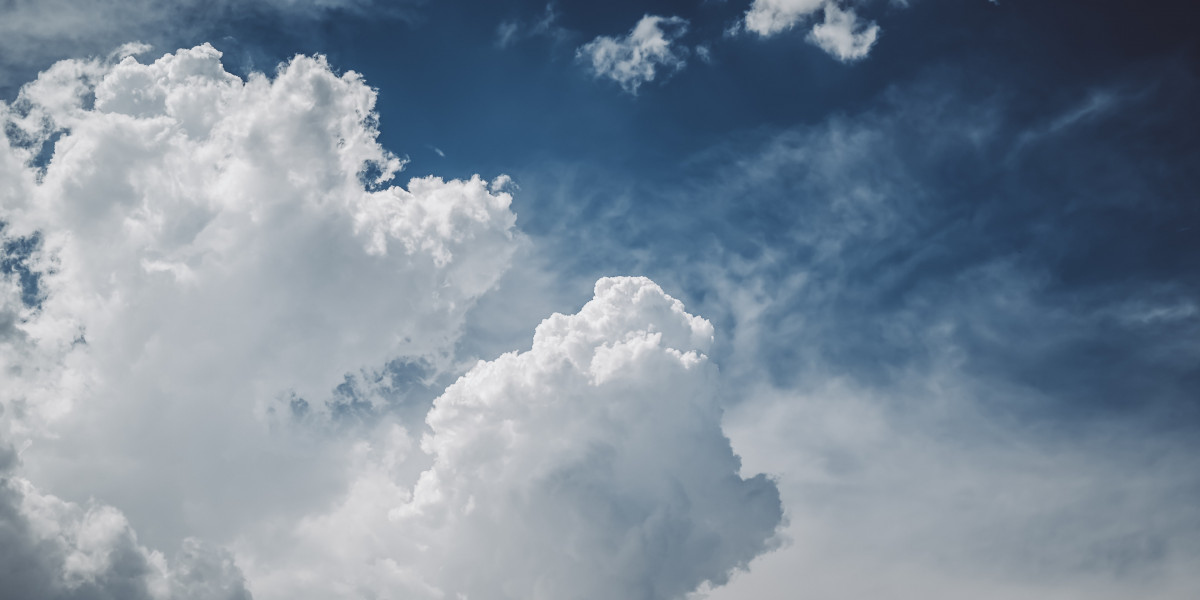Unlocking the Secrets: How Moisture Can Make or Break Your 3D Prints!
In the world of 3D printing, achieving optimal print quality hinges on a myriad of factors, one of the most critical being the moisture content in your filaments. Understanding moisture levels in 3D printing materials is paramount, as even a slight variation can lead to significant issues in print quality. Whether you are a hobbyist crafting prototypes or a professional creating intricate designs, knowing how moisture interacts with your chosen filaments can save you time, materials, and frustration. This article delves into the intricate relationship between moisture and 3D printing filaments, exploring its effects on the final output and providing practical solutions to manage it effectively.
Understanding Moisture in 3D Printing Filaments
Moisture in 3D filaments refers to the absorption of water vapor from the environment by the filament materials. This phenomenon can occur due to humidity in the air, improper storage, or even during the printing process itself. Filaments such as nylon, PETG, and PLA are particularly susceptible to moisture absorption. Nylon, known for its strength and flexibility, can absorb moisture rapidly, leading to drastic changes in its properties. Similarly, PLA can absorb moisture, though at a slower rate, which can still affect performance. Understanding the moisture absorption characteristics of different materials is essential for any 3D printing enthusiast to prevent potential issues during the printing process.
Effects of Moisture on Print Quality
The presence of moisture in 3D filaments can lead to a range of print defects that compromise the quality of your prints. Common issues include stringing, where filament oozes from the nozzle during travel moves, creating unwanted strands. Warping can also occur, especially in materials like ABS, where moisture affects the adhesion of layers, leading to uneven surfaces. Layer adhesion issues can manifest as delamination, where layers fail to bond properly, resulting in weak prints that may break under stress. For instance, a friend of mine once printed a highly detailed model only to find it crumbling due to moisture-related layer adhesion problems. Such defects not only affect the aesthetics of the print but can also impede functionality, making moisture control an essential consideration for quality outcomes.
Identifying Moisture-Related Issues
Identifying problems related to moisture in your 3D prints can be straightforward if you know what to look for. Visual cues such as bubbles in the filament during extrusion, irregular surface textures, or unexpected layer separation during the print can indicate moisture-related issues. Additionally, you might notice a change in the sound of the printer, often described as a popping or crackling noise, as moisture evaporates rapidly during printing. A friend who frequently prints with nylon shared his experience of dealing with unexplained print failures, only to realize that moisture was the culprit after observing these signs. Being vigilant about these indicators can help you troubleshoot and resolve issues before they escalate.
Preventing Moisture Problems
To minimize moisture absorption in 3D filaments, proper storage and handling are crucial. One effective method is to keep filaments in airtight containers with desiccants, which absorb moisture from the air. Vacuum-sealed bags are also a great option, particularly for those living in humid environments. Additionally, storing filaments in a climate-controlled area can further reduce the risk of moisture-related issues. Investing in specialized filament boxes that regulate humidity levels can be beneficial for avid printers. By adopting these practices, you can ensure that your filaments remain dry and ready for use, thus improving your print outcomes and overall experience.
Drying Techniques for 3D Filaments
If you find that your filaments have absorbed moisture, there are several effective drying techniques you can employ. One common method is oven drying, where you set your oven to a low temperature and place the filament on a baking sheet for a specified time. Dedicated filament dryers that maintain optimal temperature and airflow are also available and can efficiently dry different types of filaments. Alternatively, some users have found success using a food dehydrator, which can provide a gentle drying environment. A friend of mine swears by this method, claiming that it rejuvenated his nylon filaments, allowing him to produce stunning prints once again. Whatever method you choose, ensuring your filaments are dry before printing can help mitigate moisture-related issues.
Maximizing 3D Print Quality Through Moisture Control
Managing moisture levels in 3D printing filaments is vital for achieving high-quality prints. By understanding the effects of moisture, identifying related issues, and implementing preventive measures, you can significantly enhance your printing experience. Remember, the key to successful 3D printing lies not only in choosing the right filament but also in ensuring that it remains dry and ready to perform. With the right knowledge and practices, you can unlock the full potential of your 3D printing projects, transforming ideas into reality without the setbacks of moisture-related challenges.








